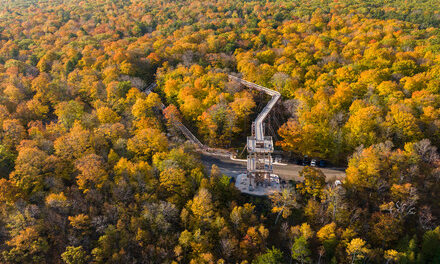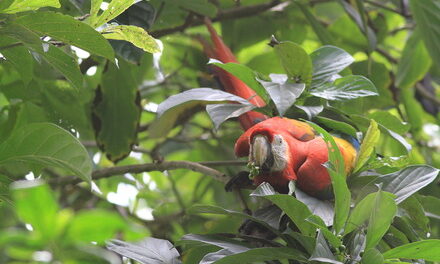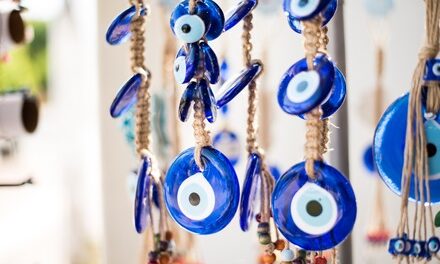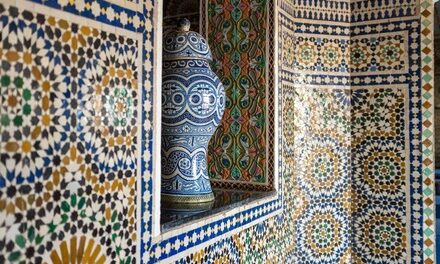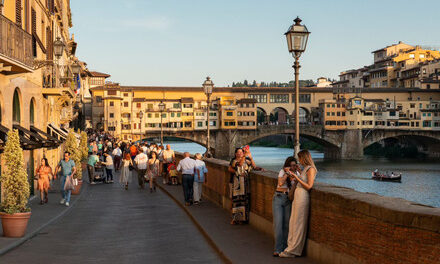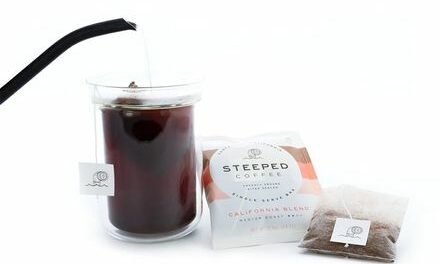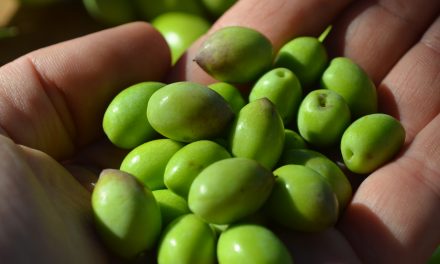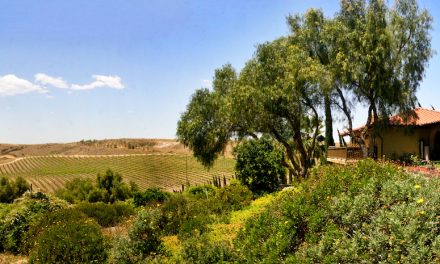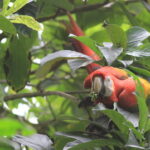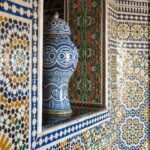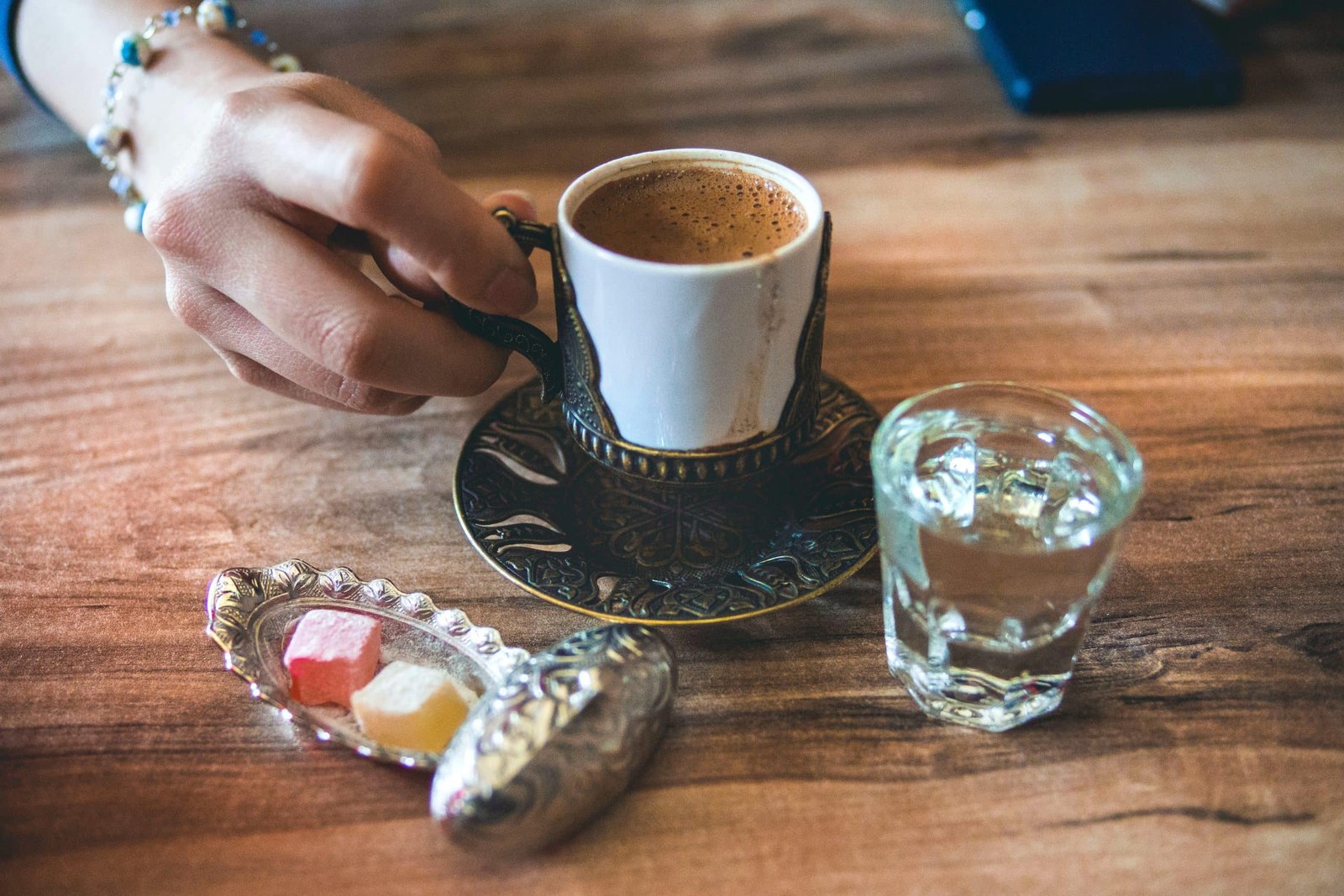
If you are a member of Generation X or an older Millennial, you probably came of age with the notion of “coffee as lifestyle” long before major coffee chains proliferated across U.S. cities and the world. On a low-key day, there was nothing cooler than studying or socializing in a cozy and eclectically decorated spot. However, many of these independently owned hangouts tended to embrace European-inspired coffee drinks and culture. And with the arrival and growth of the chains, ambiance has often been replaced with convenience and consistency.
If you miss the relaxed pace and high quality of an old-world coffee drinking experience, take heart as you can find it If you look a little deeper, and perhaps, create it at home. From the Silk Road to Main Street U.S.A., the mighty bean has a storied history both as a commodity and an everyday food essential. Even with its origins traced to Ethiopia (still a much-lauded producer country), peoples of the Middle East played a role in bringing the aromatic and energizing stuff to the rest of the world while putting distinctive spins on its preparations.
The origins of what we know as coffee today, in fact, can be traced back as early as the 6th century, as utilized by the Ottoman Empire. It was in Yemen, however, that coffee plants were finally cultivated and developed into the beans and, in time, the beverage most are familiar with in the West. While some living in the Middle East refer to coffee as ahwa, there are other variations of the word depending on the country and language dialect. However, what brings everything together is the way the roasted bean has brought the world together.
According to the National Coffee Association of the U.S. (ncausa.org), coffee cultivation and trade began on the Arabian Peninsula. During the 15th century, the coffee growing industry took root in the Yemeni district of Arabia, and by the 16th century, it was a part of everyday life and commerce in Persia, Egypt, Syria, and Turkey. It was at this time that public coffee houses (qahveh khaneh) sprang up as popular community hangouts. Not only did customers drink lovingly crafted hot brews and engage in conversation, but they also listened to music, watched performers, played chess and kept current on the news. It’s interesting to observe many indie coffee shops in college towns and trendy neighborhoods appear to be directly descended from these old “Schools of the Wise.”
Armenian merchants and importers around that time were also credited for helping bring coffee to a wider audience, introducing its own pot-brewing technique in the process: A teaspoon of ultra-fine ground coffee combined with a cup of cold water heated to a precise temperature to achieve that perfect cup of Armenian coffee. Other academic sources suggest coffee caught on with pilgrims visiting Mecca each year from all over the world, missionaries, travelers, traders and colonists not only brought “wine of Araby” to Europe and the West, but also made coffee plantations and related businesses around the globe possible. By the end of the 18th century, coffee was ranked as one of the world’s most profitable export crops.
Nearly 300 years later, coffee is the most sought commodity in the world after crude oil. The Mariposa Museum and World Culture Center in New Hampshire (mariposamuseum.org) has on display archaeological finds from the Silk Road, including cylindrical coffee mills that produced the fine grounds required for “Turkish” coffee as well as a Turkish-made folding metal coffee roaster.
Thanks to the growing popularity of shopping on the internet and the widespread embrace of different global cultures, we can also say the “Schools of the Wise” is in session by presenting a crash course of sorts on how to prepare traditional coffee drinks as coffee enthusiasts would in different parts of the Middle East. These varied cultural traditions are so storied and valued historically that UNESCO (unesco.org) has enshrined them in an academic fashion. Adam Hashem, one of the principals of the multi-generation Lebanese-American family business Hashem’s Nuts & Coffee Gallery, based in Dearborn, MI, not only endeavors to sell in-person and online customers Middle Eastern preparations of coffee, but also shed light on what they are buying and how to prepare and appreciate it correctly.
“Coffee is an ideology that transcends all cultures and people,” Hashem affirms. “Everyone relates to coffee, and while here are thousands of hybrid coffee trends out there, we are holding people’s interest with suggestions on bringing different styles of coffee to life, but also bringing a modern twist to traditional Turkish coffee, infusing it with modern flavors including Charming Chocolate and Heavenly Hazelnut to entice new generations and cultures to discover our traditions. The way we achieve this goal is by reducing the barriers to access our food and raising awareness of our cultural food practices. Through this, we have been able to keep traditions alive to new generations and bridge cultural gaps by being hospitable to all walks of life.”
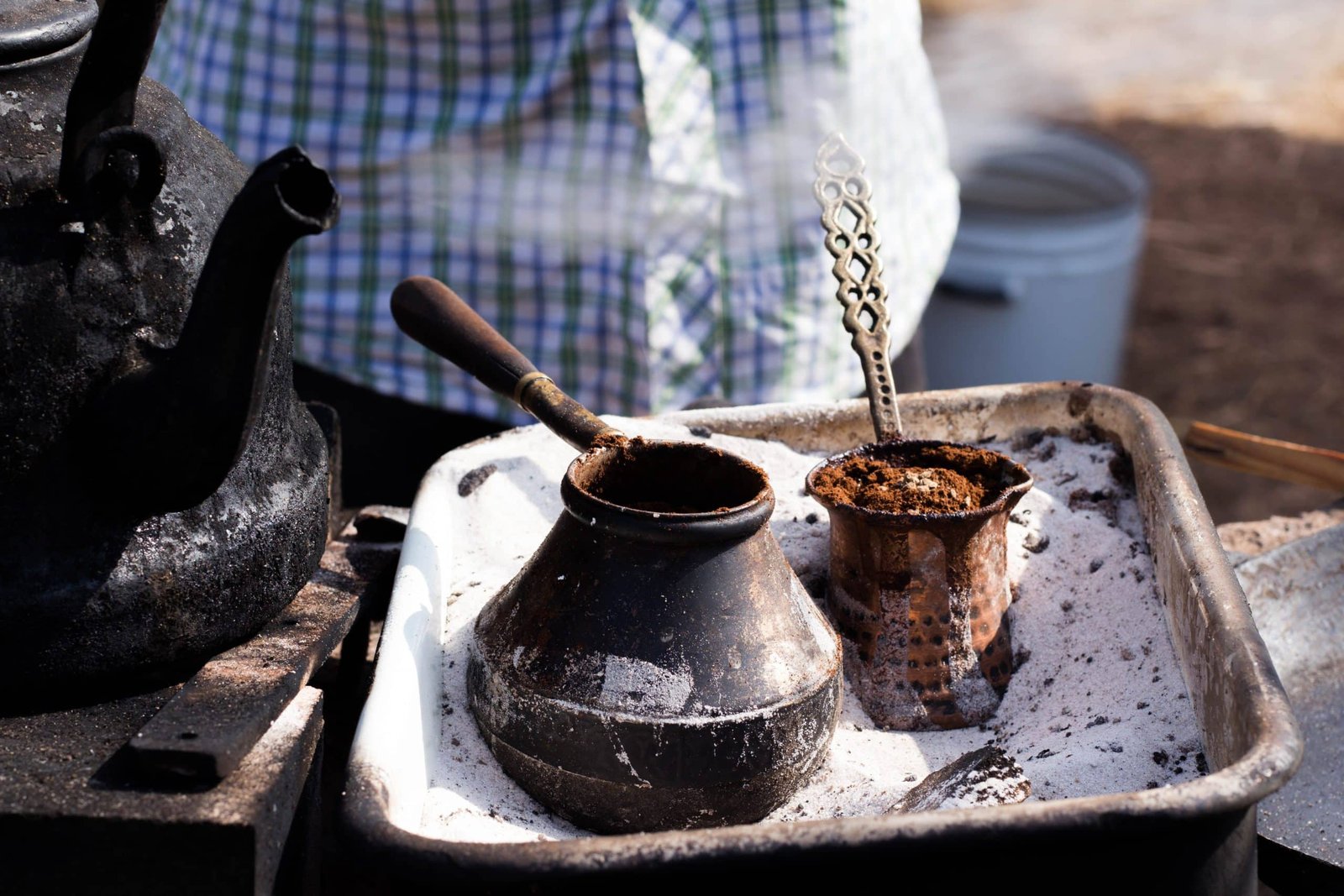
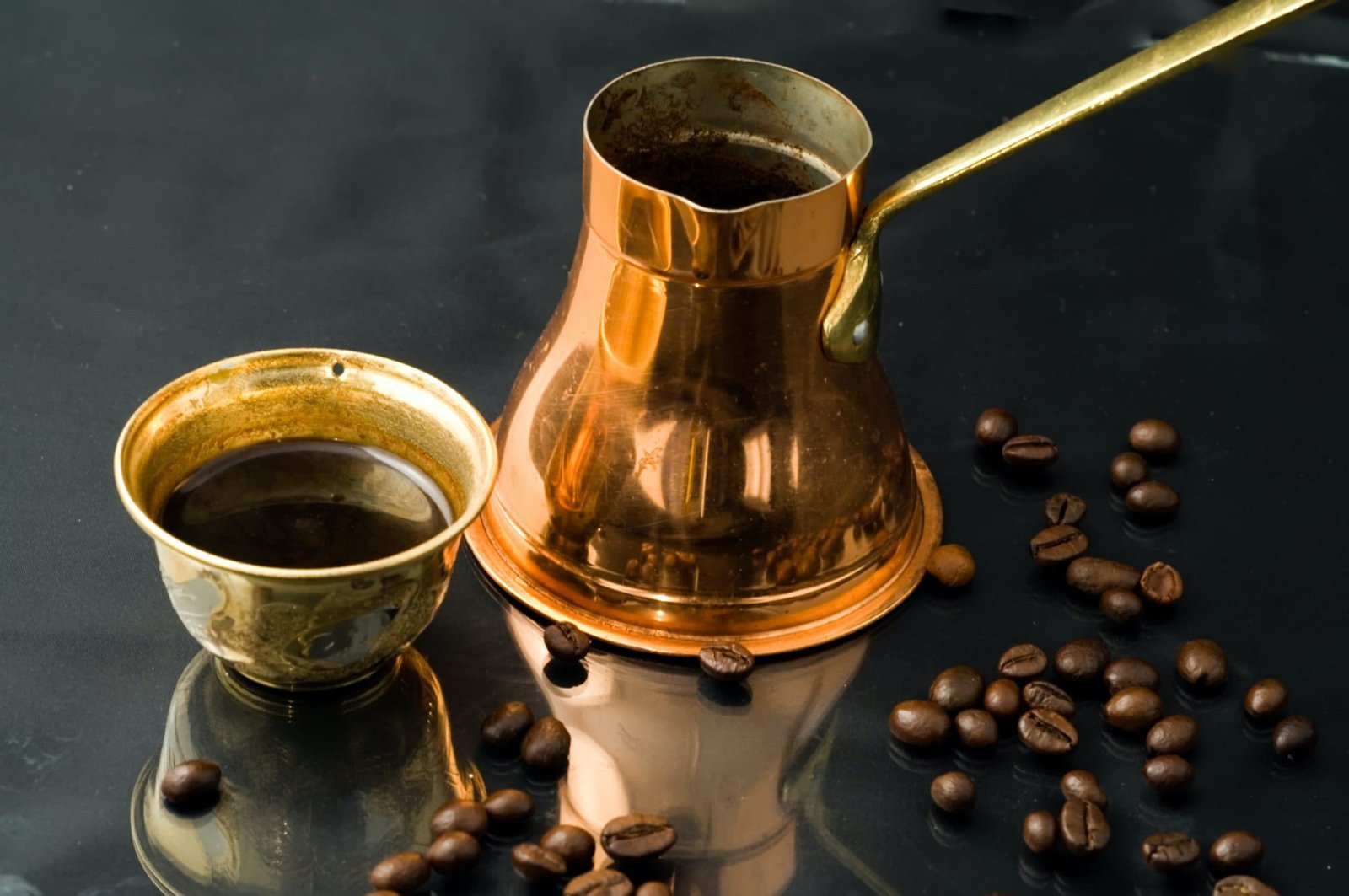

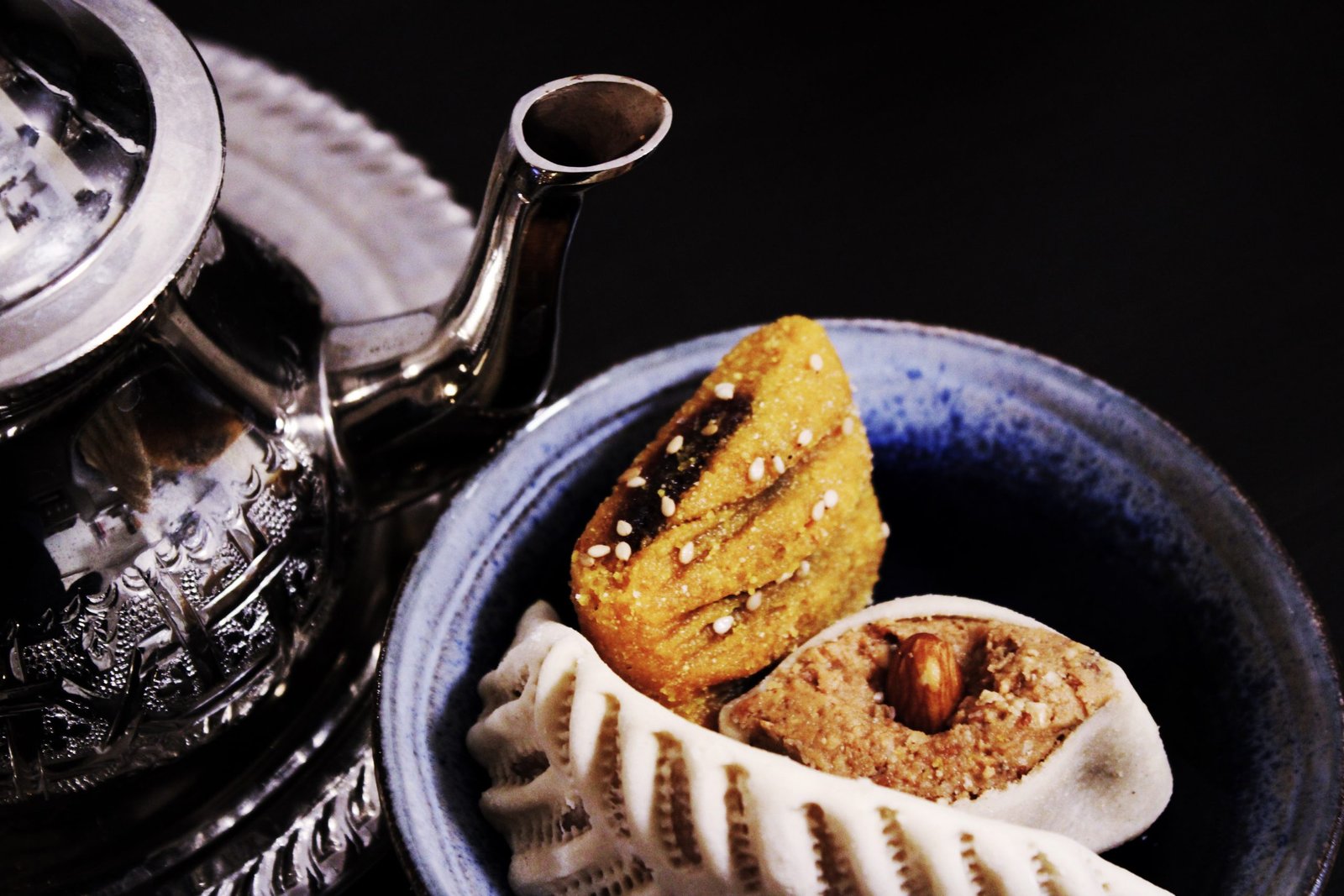
National Coffees of the Middle East
Above and beyond the widening import and export channels documented by the National Coffee Association, UNESCO and other sources, Hashem points out that the Industrial Revolution (starting in the 19th century) and rapidly changing coffee preparation technology led to the beginning of different coffee preparations that vary by nation.
Although Turkish coffee (Türk kahvesi) originated in Yemen, the powerful shot is served and enjoyed around the world. It was brought to Turkey during the period of Ottoman rule and has evolved to the point that some see it as a level of coffee-making that transcends the espresso experience with its viscous consistency, strong flavor and elegant style of preparation. Beans ground to a cocoa-like consistency are boiled in a special pot called a cezve or ibrik, along with sugar and cardamom. Unlike espresso and other coffee drinks sweetened after preparation, Turkish coffee is actually cooked with sugar and the spices. The finished coffee is then dispensed into small cups and allowed to sit for a few moments before serving to allow the grounds to sink to the bottom of the cup and settle.
- “Turkish coffee, when made correctly, has a foam layer on top called the ashweh, says Hashem, based on personal experience. “This layer is the most desired portion of the pot or ‘Rackweh.’ It is customary that the eldest or guest of honor is offered a first cup of Turkish coffee, which is traditionally served in small cups with Turkish Delight or Halva. This coffee is the equivalent of the daily ‘cup of Joe’ in America, either brewed at breakfast or in the evening when guests or family come over. However, coffee consumption in the Middle East is not limited to a certain time because it is such a big part of the culture.”
- One big irony about coffee’s origins is that generations of Yemenites mostly drank tea, according to Hashem. Yemen’s kings did not allow coffee consumption in the country, as coffee was one of their biggest international cash crops reserved for import to other countries. As a creative solution, the people of Yemen started brewing a tea from the husks of coffee, adding spices such as cardamom, cloves, cinnamon and ginger for a lighter but more flavorful drink.
- Lebanese Coffee (Ahweh, Kawha, Kahva) takes what people love about Turkish Coffee and dials up intensity of flavor and consistency. It is usually served in small “shots” the size of espresso cups and prepared 3-5 “shots” at a time. Saudi coffee (al-qahwa), which Hashem points out is made with a much lighter and coarser roast and cooked for hours (in contrast to Turkish coffee, made in minutes). The roasted grounds are mixed with spices like cardamom, cinnamon, cloves or saffron, and traditionally prepared from start to finish in the presence of the guests to whom it will be served. The finished coffee is served from a special pot called a dallah and poured into small handleless cups called fenjan that resemble sake glasses. Guests are typically served dates or candied fruit along with their coffee.
- In similar fashion, Saudi Arabia drank coffee historically because they always had a lot of money and resources to enjoy the expensive coffee from Yemen and other top producer countries. Hashem notes this style of preparation usually begins with beans roasted light in color and temperature, ground coarse and boiled for hours at big extravagant events.
Regardless of the flavor profile you’re trying to accomplish, Hashem notes that putting time and effort into different Middle Eastern preparations makes the experience of preparing it and sipping it more rewarding, especially as the results are different from one another and from Western-style coffee in general. As Dearborn, Michigan has the one of the highest concentrations of Middle Eastern residents in the U.S., he notes that some of his regular clients note that Western coffees often lack depth and soul. “They love the intimate nature of brewing a great cup of coffee,” he observes. “They feel emotionally connected to the tradition and flavor profile that cannot be replaced with machine brews.”
Whether you’re ordering Arabic coffee at a restaurant or offered coffee in a home setting, Hashem notes that it is important to specify how much sugar you want in the final drink ahead of time, especially as adding sugar during the heating of the beverage is integral to the ritual. It’s also important to note that there are several styles of sugar one can use to further distinguish and localize the pot. In terms of keeping it on hand, he advises that roasted or ground coffee should always be stored in an airtight container. Whole beans have about a three-months shelf life while ground has a one-month shelf life for optimal flavor.
Moving on to the future of coffee, specialty coffee chefs like Ryan Castelaz, owner of Discourse Coffee in Sister Bay, WI are having fun with Middle Eastern coffee and tea traditions inspired by their travels. His coffee recipe (below) is inspired by his time in Morocco, which he considers one of the world’s great spice hubs.
Modern Recipes
What Winter Forgot
Ryan Castelaz, Discourse Coffee, Sister Bay, WI

- 1¹⁄3 oz shot of Espresso*(Recommended: Pilcrow Storyteller Blend, heated to 202°F)
- 1 oz Metolius Tea Chai Concentrate
- ½ oz honey simple syrup (16 oz of honey dissolved in 1¾ oz water)
- ¹⁄3 tbsp Dandelion Chocolate Kokoa Kamili Tanzania Ground Chocolate
- 5 oz Steamed Oat + Whole Milk Blend*
Incorporate espresso, chai concentrate, honey simple and ground chocolate before adding the steamed oat + whole milk blend.
Garnish with three spritzes Aroma of Winter, a light pinch of Ras El Hanout and a flamed Orange Peel.
Serve in an 8-ounce cup.
Chef’s Note: *Blend 5 cups whole milk with 3 cups ounces oat milk for multiple servings.


